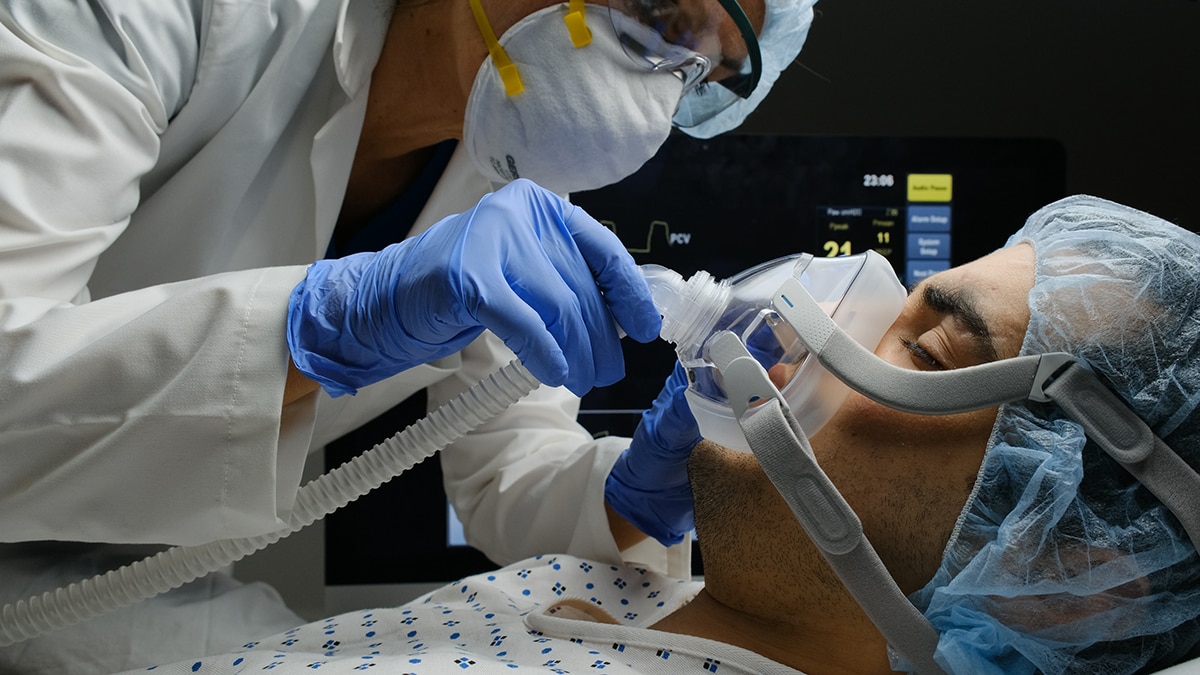Key points
- Ventilator-associated pneumonia (VAP) can develop when a patient is on a ventilator.
- VAP can be treated with antibiotics.
- There are ways to reduce the risk of a patient contracting VAP.

Overview
Ventilator-associated pneumonia (VAP) is a type of healthcare-associated infection (HAI). It is a lung infection that develops in a person who is on a ventilator.
Reducing risk
- Quit smoking. Patients who smoke get more infections. Seek information about how to quit before surgery.
- Ask healthcare providers to clean their hands before touching the patient or equipment.
- Ask about raising the head of the bed.
- Ask when the patient can try breathing without a ventilator.
- Ask how often healthcare providers clean the patient's mouth.
Healthcare providers should always follow Core Infection Prevention and Control Practices to reduce the risk of spreading these germs to patients. Acute care hospitals should use strategies to prevent VAP.
Treatment and recovery
Treatment generally includes antibiotics, but the type of antibiotic depends on the bacteria causing the infection. The healthcare provider will decide which antibiotic is best.
What CDC is doing
- Tracking VAP infections through the National Healthcare Safety Network.
- Data is also available on the AR & Patient Safety Portal.
- Data is also available on the AR & Patient Safety Portal.
- Working closely with health departments, other federal agencies, healthcare providers and patients to prevent infections caused by VAP and slow the spread of resistant germs.
